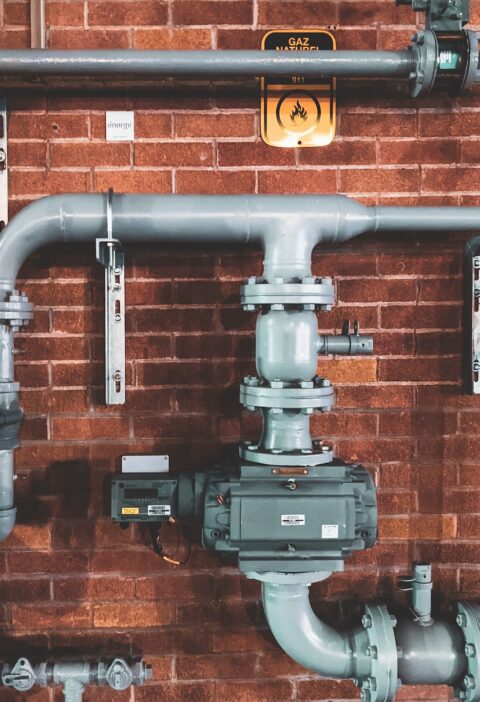Maintaining a happy, healthy environment for your horses in the barn requires attention to many details. The best starting point is an orderly space that’s easy to clean and saves you time during chores.
Keep moisture, dust, bacteria, and other toxins from building up in your horses’ stalls. Your horse then inhales these poisons, which may result in respiratory troubles and other health problems.
Cleanliness
Cleaning the barn is one of the most essential chores to accomplish daily. Keeping stalls clean prevents ammonia buildup, curbs the breeding grounds for flies, and provides a fresh environment for horses.
Proper waste management is also crucial to maintaining cleanliness in horse barns. Routinely removing manure and wet shavings and disposing of them away from the barn is essential, as is sweeping hay and grain areas to keep rodents from contaminating feed.
Good ventilation is another crucial element for keeping the horse barn clean. Since stable horses are confined to their stalls for much of the time, circulating fresh air is necessary to prevent moisture, mold, odor, and pathogen buildup and reduce heat stress during the summer. To promote good ventilation, a well-designed barn should include windows, doors, and fans throughout the horse stalls and barn aisles.
Bedding
The type of bedding a horse has in its stall will impact its comfort and respiratory health. Proper ventilation is a big part of the equation and should be included in any barn or stable design, including windows, eave openings, and domes that allow air to move into and out of the building.
Traditional shavings are a tried-and-true staple in most barns, and while they’re relatively easy to find, affordable, and provide a soft surface for horses, they can be dusty and dry to hooves and skin. Plus, they can contain wood species known to cause laminitis, such as cedar or pine.
Paper bedding, either shredded or compressed into pellets, can be less expensive than traditional shavings and is considered hypoallergenic. It is also very absorbent and, in Snyder’s experience, reduces odor and the need for stall cleaning. However, it can be heavy when wet and isn’t easily transported into or out of stalls.
Ventilation
Proper ventilation is one of the most important considerations when designing a horse barn. This helps prevent high humidity levels, creating a favorable environment for mold, pathogens, and dust.
High humidity is also a breeding ground for destructive insects and harmful fumes, such as ammonia from urine, which can cause respiratory distress in horses. Airborne particulate matter from soil, manure, wood shavings, hair, insect fragments, and plant material can also irritate the horses’ lungs.
For this reason, be sure to choose one these american style barns with permanent openings along the side walls to promote healthy airflow. Inlet vents should be located at the eaves and outlet vents at the roof’s ridge, taking advantage of warm air’s thermal buoyancy.
Ideally, the inlet vents should be higher than the outlet vents to avoid horses getting their heads or hooves stuck in them. If your budget permits, plan for insulated roofs to help reduce energy costs. Consider installing ventilation fans or a dome to foster more effective air exchange.
Light
A steady fresh air flow is one of the most critical conditions to create in a horse barn. Moisture, dust, mold, and bacteria build up quickly in a closed environment and can be inhaled, harming horses’ respiratory health.
Natural light, or full spectrum lighting, is another vital aspect of a healthy barn. Exposure to sunlight regulates a horse’s circadian rhythm, which can help with their immune system, metabolism, and sleep cycle.
Incorporate translucent panels, windows, or skylights into the design of your horse barn to increase natural light levels throughout the facility. This can make a huge difference when mucking stalls, dressing wounds, or performing other tasks in the stables.
It also reduces the amount of glare that can be distracting and uncomfortable for horses. Ensure you install windows and doors that may be opened or closed per the local weather. Orienting them toward prevailing winds can help with ventilation as well.







